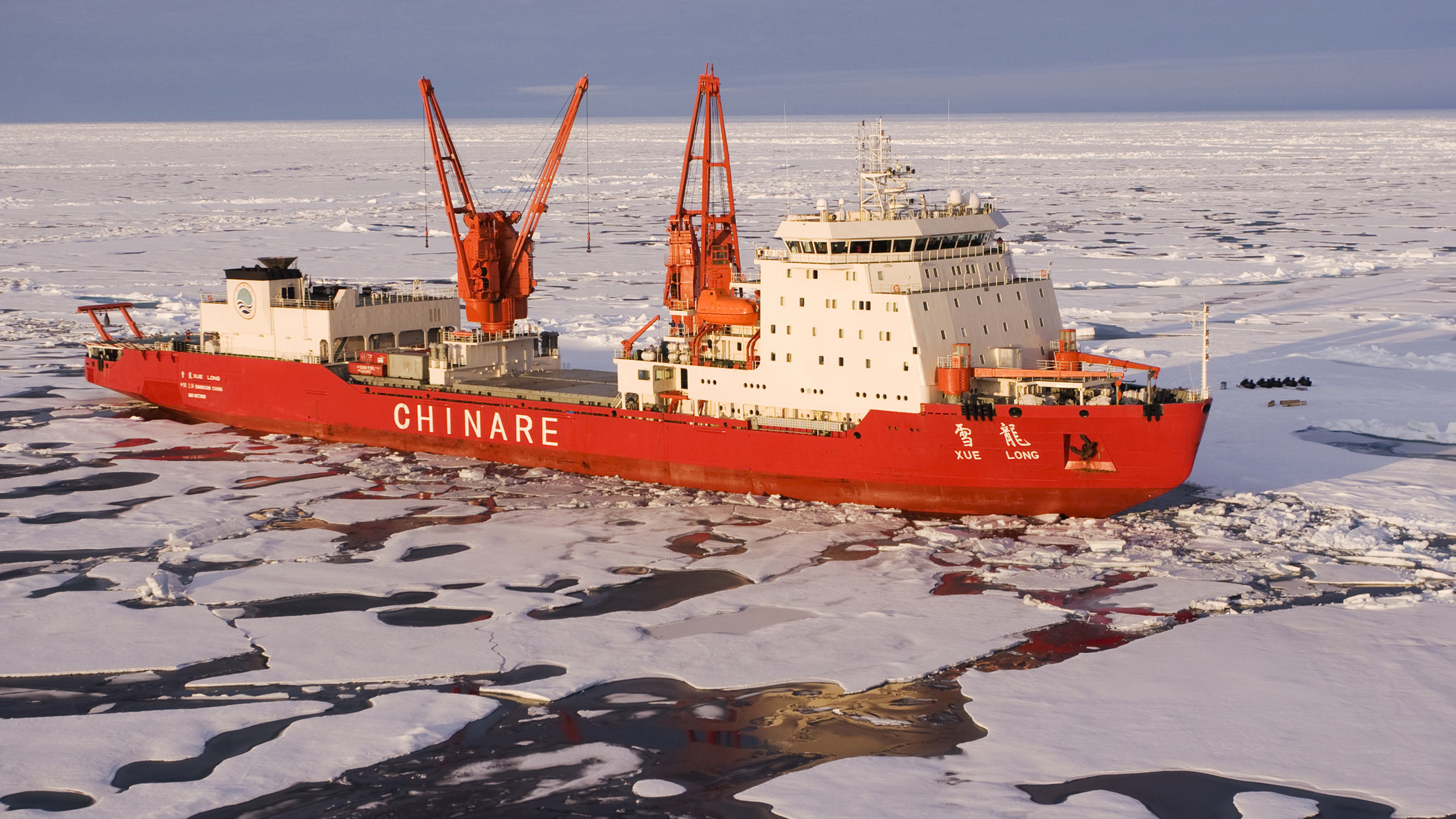
Arctic Climate Change, Economy and SocietyThe Chinese icebreaker Xue Long, before it got stuck.
We told you last week about a Russian icebreaker trapped in Antarctic sea ice, and how this event doesn’t mean climate change is magically not happening.
Now a Chinese icebreaker sent to rescue the Russian icebreaker is also stuck in sea ice, and this still doesn’t mean climate change is magically not happening.
We’ve explained previously that the relatively thin crust of Antarctic sea ice appears to be growing, even as glaciers and ice sheets in the Antarctic melt and as Arctic sea ice turns to seawater. The “paradox of Antarctic sea ice” might, counterintuitively, be linked to climate change.
But the current sea-ice strandings cannot be blamed on climate change, nor on the lack of climate change. Rather, the unusual sea-ice conditions in this area of the Antarctic appear to be the result of a collision in 2010 between an iceberg and the edge of a glacier, according to Chris Turney, head of a scientific team that was rescued from the Russian icebreaker last week by helicopter.
Turney writes in The Guardian:
Let’s be clear. Us becoming locked in ice was not caused by climate change. Instead it seems to have been an aftershock of the arrival of iceberg B09B which triggered a massive reconfiguration of sea ice in the area.
Now an American icebreaker, the U.S. Coast Guard Cutter Polar Star, is heading to the area with the intention of freeing the Russian and Chinese vessels. Let’s hope it doesn’t get stuck as well — but even if it does, it won’t tell us a damn thing about climate change.



